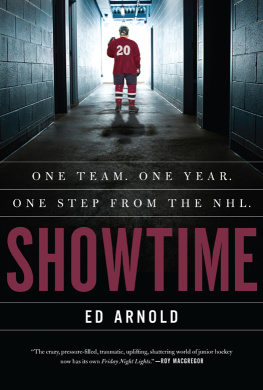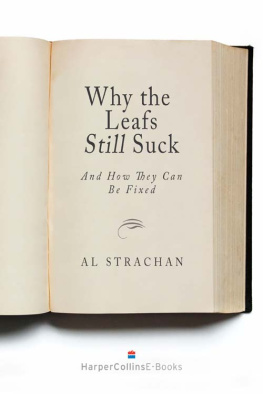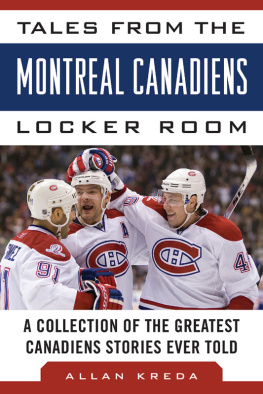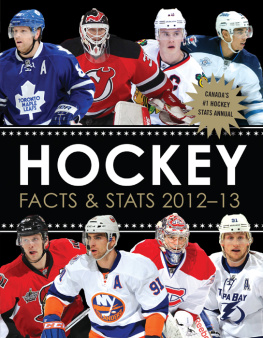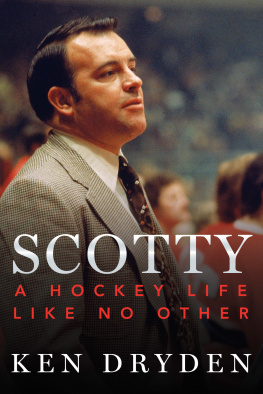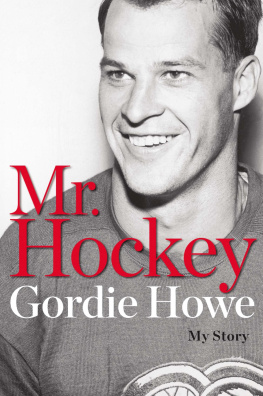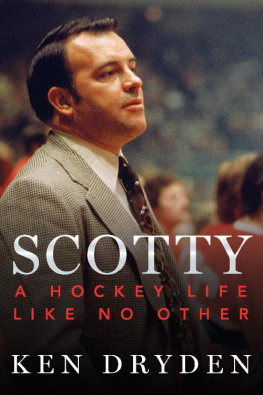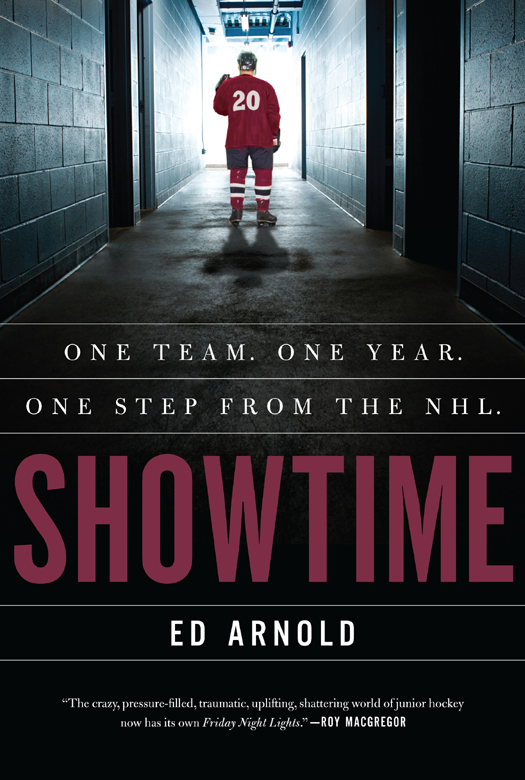PROLOGUE
Hockey Day in Canada: February 9, 2013
T he Peterborough Petes had been on a mission. It wasnt so much to win, but to make sure the team did not lose on this special night.
Goalie Andrew Dagger DAgostini had written on the whiteboard before the game, Every victory is won before you play under the lights. It was an echo of boxing great Muhammad Alis line, The fight is won or lost far away from the witnessesbehind the lines, in the gym and out there on the road, long before I dance under those lights. In other words, practice makes perfect.
The day-long entertainment package was soon wrapped in a ribbon of perfection: the Petes did not disappoint the city, its people or the CBC. The Petes won.
There were great individual efforts out there tonight, said coach Jody Hull. You all did your job, put in the effort that was needed. The entire defence played well. You can all look at the player beside you and know that he emptied his tank tonight. Remember this feeling, remember how tired the extra effort makes you feel, but remember that feeling is what we need. I think [Nick] Ritch played a great game, showing that scoring points is not all that matters. It was just a great team effort. His pride in what they had accomplished was bursting from his breaking voice as he spoke. The Petes had played Hull hockeytextbook hockey.
Inside their dressing room, after Hulls short talk, the players looked at each other knowing they had given it everything. Their tanks were empty. It was 9:50 P.M. Hull joked that curfew was 10. Stick boy Iain Norrie, who had again predicted a 50 win, quietly walked about the dressing room, then added more magic when he spoke up, saying more than his usual Showstopper! Well done, guys, good game, play as a team. I mean it! he yelled. The players, coaches and training staff cheered, clapped, laughed. But for fans and the team, the night was Showtime.
The players had heard the crowd chanting, no longer the familiar smattering of scattered applause and weak attempts at Go Petes Go, but the sound of almost 4,000 voices, all wanting the players to hear them. They agreed that if they had this crowd to boost and urge them on every night, it would be a different team, a better team, a team assured that it had that seventh player. It was this nightnot the firings, not the trades, not the past, but this nightthat marked the turning point in the season. This night was when 23 players became a team.
When the night was over, the CBC crew packed up and left behind another city brimming with pride at what it had revealed to the nation: that Peterborough was the best city in Canada. Obviously, there would be arguments about that from people in almost every other part of the country, but for now, Peterborough, one of the best-kept secrets in Canada, was part of the public record from coast to coast. A national spotlight had been shone on the community, and it shone back. Every athlete knew, however, that sunshine could be quickly covered by a cloud. Would the team be able to continue basking in the glow of this weekend for the rest of the regular season?
CHAPTER 1
Hockey Mafia Background
T he Peterborough Petes are known in hockey circles as the Hockey Mafia or the Hockey Factory. The team has put more players into the NHL than any other. It has connections with every NHL franchise. It has made more appearances in the modern-day Memorial Cup than any other team.
But for a time, that supremacy was in serious doubt. In fact, by 2012, the Petes record had begun to seem dismal. But their prospects looked better for the 201213 season. Little did I, or anyone else, know it would be a historic season in so many ways.
My journey began in March of 2012, after the team failed to make the playoffs for its second consecutive year, a first in its history. I would spend 13 months with the Petes, observing their operations. I enjoyed access never before offered to a writer, watching how the team was put together and what went into its various stages. I attended team functions, all team practices and all games but two, went on scouting missions, attended the private draft and closed-door board meetings and obtained confidential documents while interviewing players, parents, coaches, fans and management along the way.
The dream chasing, the team building, the business of hockey and the work on the next season began that March in Mississauga at the OHL midget hockey tournament. It was here that dreams began and, in so many instances, ended.
It was an unexpected journey, a ride so controversial and riveting, with so many coaching, management and player changes, including a threat of the team being purchased by former Petes stars Greg Millen and Keith Acton, who had both gone on to good NHL careers.
Along the way, many of the fans were found to be fickle, with short memories. They were convinced that in the good old days, 4,000 fans would come to watch the team in regular-season games. It had never happened since the Montreal Canadiens brought the team to the city in 1956the norm was fewer than 2,800. Before the season was over, at different points the fans would be disappointed, despairing and angry before finally becoming believers again. In the final weeks, they would sing hosannas to the team they had started out disparaging. They would dream of making the playoffs; some even thought of winning a championship.
The ride the fans jumped onto was only on the ice; unlike me, they were not on board for the part of the teams journey that transpired behind the scenesdiscovering the billets, the education program, parents, scouts and team lifestyleswhere the real stories took life.
The players, all between the ages of 16 and 20, shared many of their personal stories and opinions. (These conversations were never shared with anyone else during the year, and all who were interviewed knew their words wouldnt be made public or shared until the book came out. It was the only way I could gain trust, even though there were so many times I wanted to tell others what was happening with their team.)
I began to come to terms with the complex reality of this hockey factory, the legendary Peterborough Petes, and all of its struggles. It was a team not owned by a private investor, but instead left by the Montreal Canadiens in the 1960s to a community board of directors whose members did not share in any revenue.
The Ontario Hockey League began as a farm system for the NHL; today, it is the minor hockey graduates taste of a mini-NHL, where they experience the travel, competition and play found in the pros, but not the big bucks. They are paid from $50 a week to a maximum of $150 if theyre overage. All players, not just the teams favourites, are now covered for the costs of any books, tuition and other fees for high school, college, university or trade schools while playing. They are required to have an academic advisor, a tutor if needed, monthly academic progress reports and the latest technical support. Summer courses for undergraduate degrees are also covered. Seven players on each team are allowed a full ride toward their undergraduate degree. Once a player signs a professional contract, the junior team is not obligated to cover that cost. In addition, any player who chooses not to go to university, college or trade school within 18 months of leaving the CHL loses the education package.

